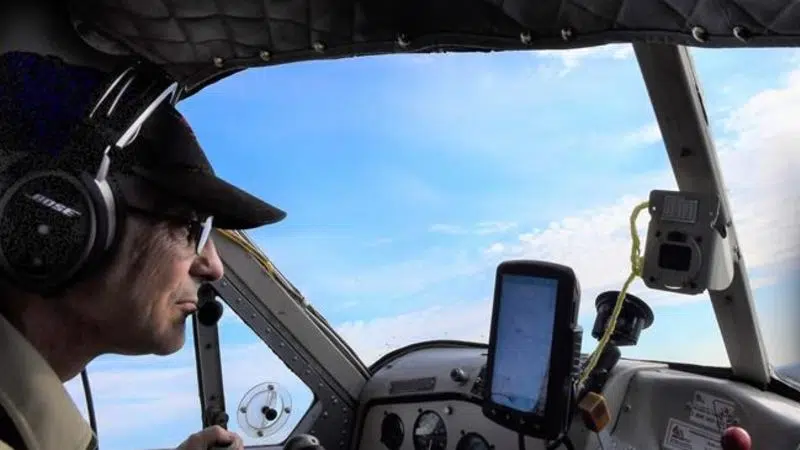
Trio of deadly crashes not a sign DHC-2 Beaver is unsafe: aviation experts
MONTREAL — At least eight people have died in three crashes involving de Havilland DHC-2 Beaver planes in less than a week in Canada, but civil aviation experts say the aircraft remains the safest, popular and best option for bush pilots.
Gilles Lapierre, past-president of Aviateurs Quebec, an association of Quebec pilots, said while it has been more than 50 years since the last Beaver was built, pilots operating in remote regions appreciate what the aircraft brings.
“In the air, the Beaver is considered a Jeep by comparison,” Lapierre said. “Even if it’s 50 years old or more, there is no modern plane that can compare to the Beaver and that’s why it’s still very popular among outfitters, seaplane operators and companies whose business is to fly people in the bush.”
Transportation Safety Board officials are investigating at least three crashes involving DHC-2 Beavers since July 11, when a float plane crashed in the central Ontario community of Hawk Junction, killing two people aboard.


